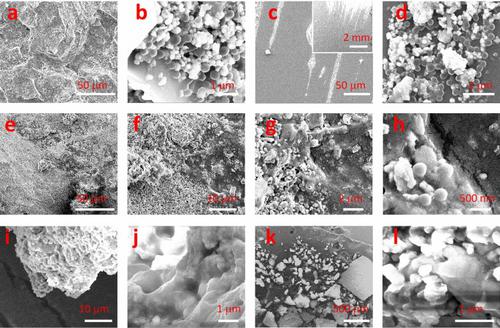Environmental Sciences Europe ( IF 5.9 ) Pub Date : 2024-01-22 , DOI: 10.1186/s12302-024-00844-6 Cheng Fang , Wenhao Zhou , Jiaqi Hu , Cuiqin Wu , Junfeng Niu , Ravi Naidu

|
Background
When we paint our houses or offices, we might paint plastic, because most paints are generally formulated with polymer binders. After drying and curing, the binders fix the colourants on the painted surface as a film of plastic mixture, which is tested herein using Raman imaging to analyse and directly visualise the hybrid plastic-colourant (titanium dioxide or TiO2 nanoparticles).
Results
For the plastic mixture or hybrid, the co-existence and competition between the Raman signals of plastic and TiO2 complicate the individual analysis, which should be carefully extracted and separated in order to avoid the weak signal of plastic to be masked by that of TiO2. This is particularly important when considering the Raman activity of TiO2 is much stronger than that of plastic. Plastic is observed to coat the TiO2 nanoparticle surface, individually or as a bulk to embed the TiO2 nanoparticles as mixture or hybrid. Once branched, pended, scratched or aged, the paint can also be peeled off from the painted surface, including gyprock, wood and glass, releasing microplastics and nanoplastics (coating onto the individual TiO2 nanoparticle surface or embedding the TiO2 nanoparticles, or individually as particles) in potential.
Conclusions
Our test sends us a warning that we are surrounded by plastic items that might release microplastics and nanoplastics in potential, for which the risk assessment is needed. Overall, Raman imaging is a suitable approach to effectively characterise microplastics and nanoplastics, even from the mixture with the hybrid background and the complicated interference.
Graphical Abstract
中文翻译:

涂料有可能释放微塑料、纳米塑料、无机纳米颗粒和混合材料
背景
当我们粉刷房屋或办公室时,我们可能会粉刷塑料,因为大多数油漆通常是用聚合物粘合剂配制的。干燥和固化后,粘合剂将着色剂固定在涂漆表面上,形成塑料混合物膜,本文使用拉曼成像对其进行测试,以分析和直接可视化混合塑料着色剂(二氧化钛或TiO 2 纳米粒子)。
结果
对于塑料混合物或杂化物,塑料和TiO 2拉曼信号之间的共存和竞争使单独分析变得复杂,应仔细提取和分离以避免塑料的微弱信号被TiO 2 的信号掩盖。2 . 当考虑到TiO 2的拉曼活性比塑料的拉曼活性强得多时,这一点尤其重要。观察到塑料单独地或作为块体涂覆TiO 2纳米颗粒表面,以将TiO 2纳米颗粒作为混合物或混合体嵌入。一旦分支、悬垂、划伤或老化,涂料也可能从涂漆表面(包括石膏、木材和玻璃)上剥离,释放微塑料和纳米塑料(涂覆到单个TiO 2纳米颗粒表面或嵌入TiO 2纳米颗粒,或单独作为粒子)的势能。
结论
我们的测试向我们发出警告,我们周围的塑料物品可能会释放微塑料和纳米塑料,因此需要进行风险评估。总体而言,拉曼成像是一种有效表征微塑料和纳米塑料的合适方法,即使是具有混合背景和复杂干扰的混合物。



























 京公网安备 11010802027423号
京公网安备 11010802027423号